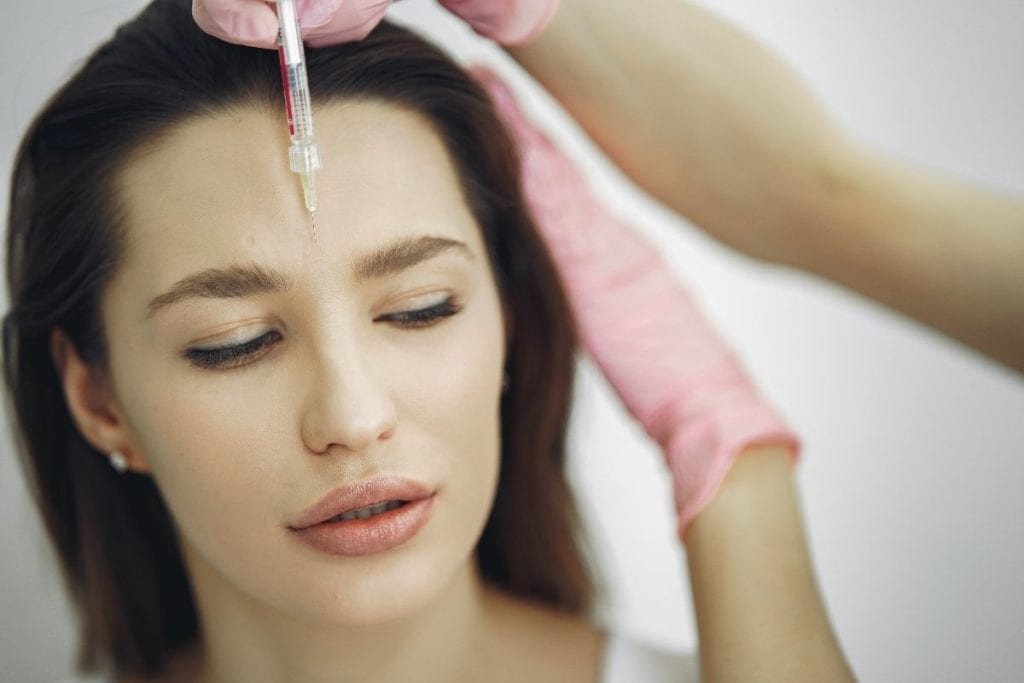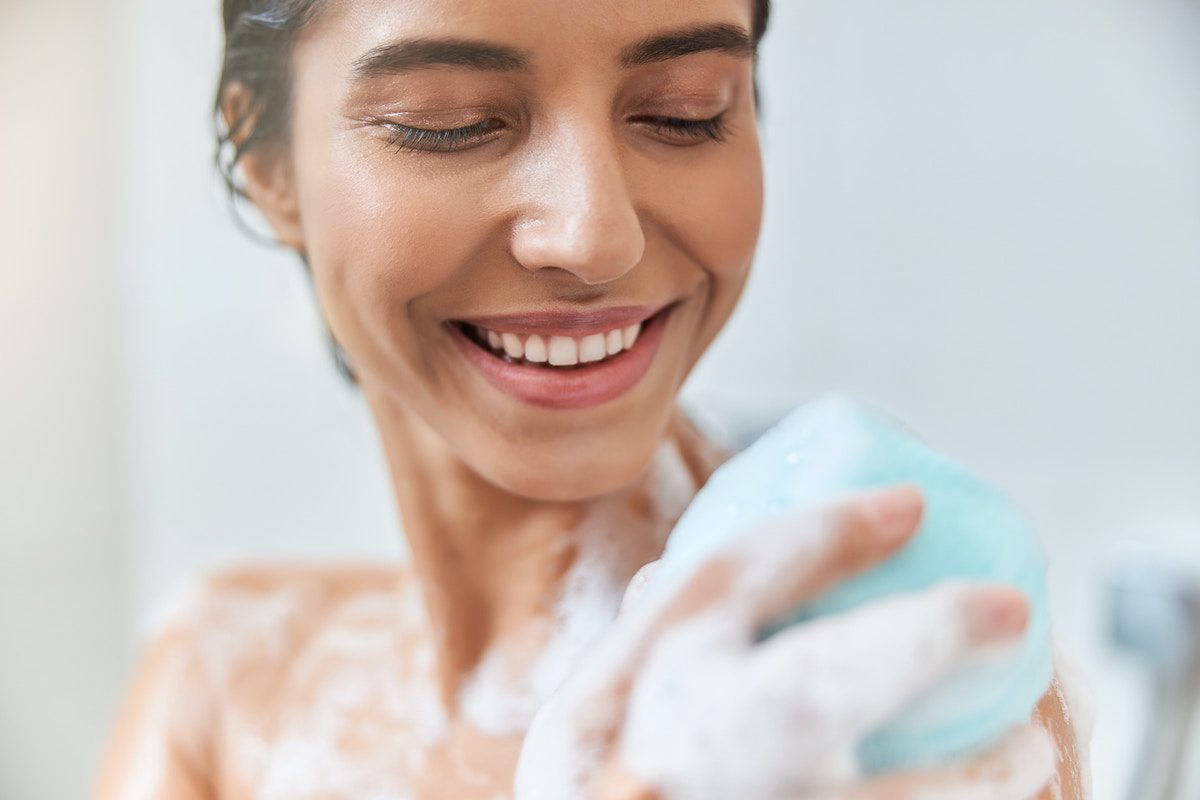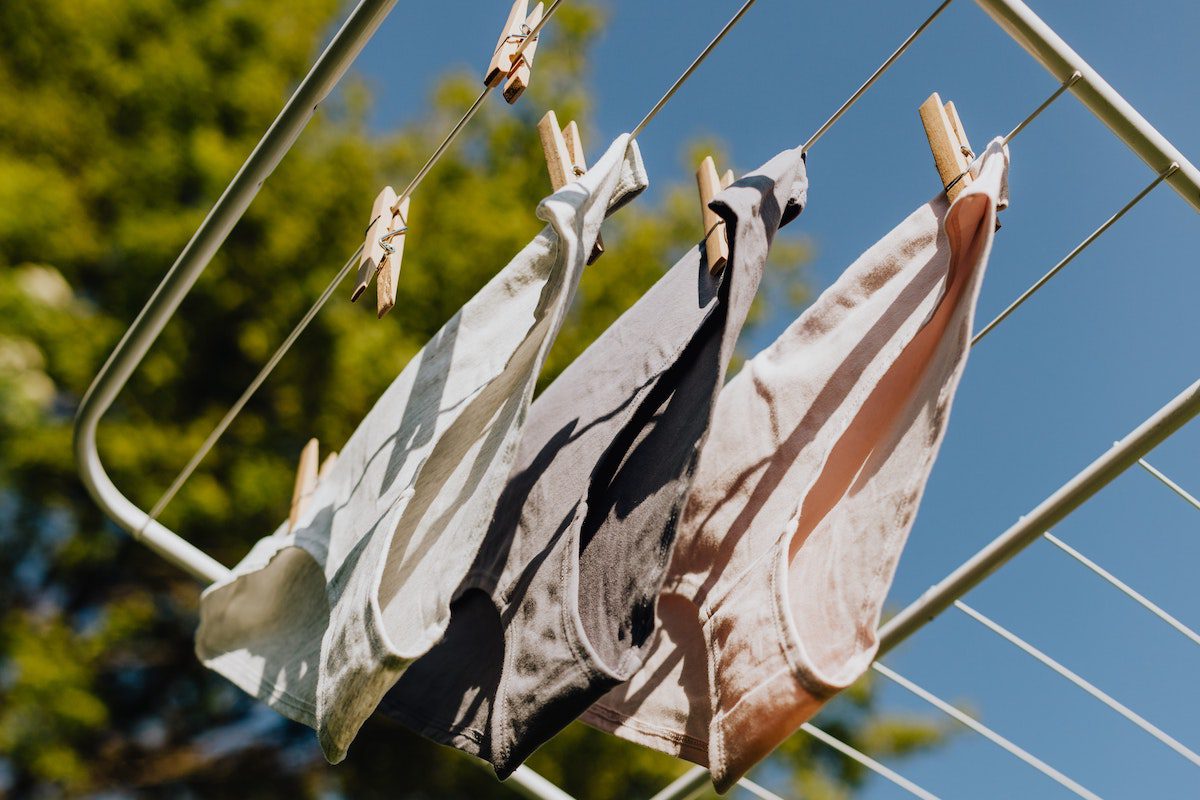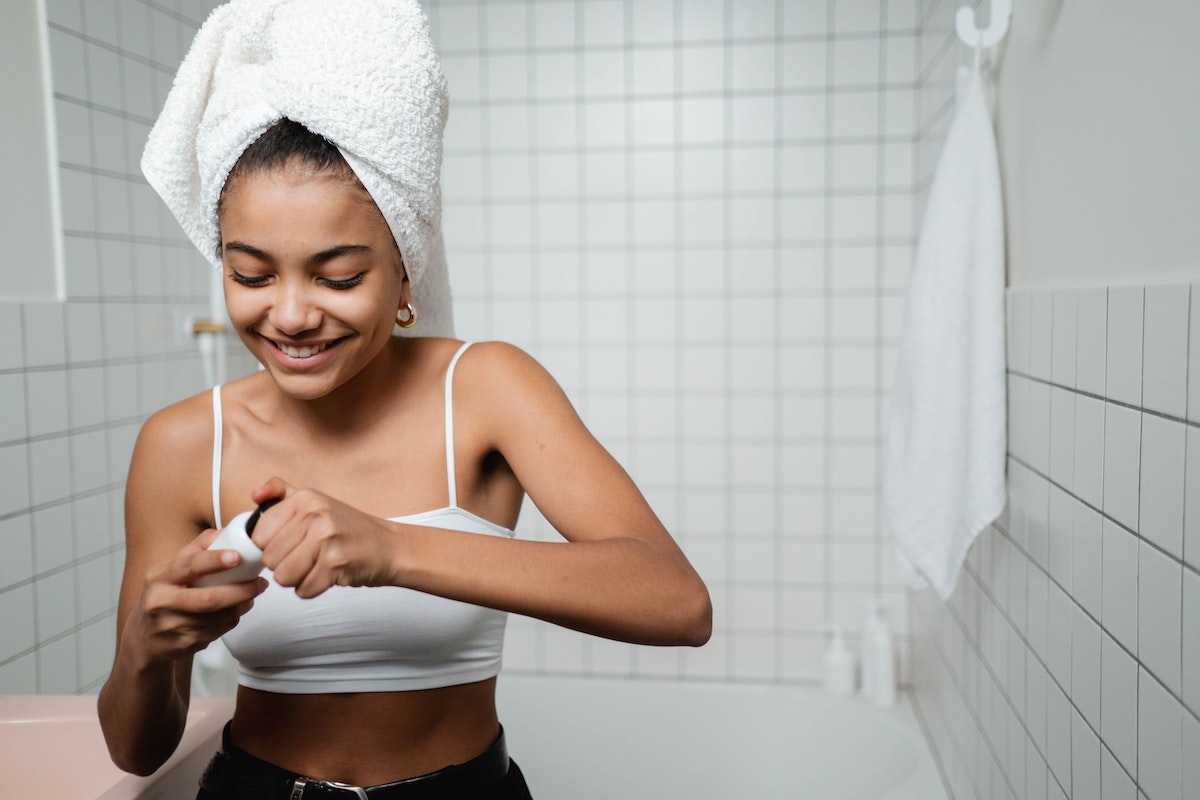Are Injectables a Cure for Excessive Sweating?
Everyone sweats, but a small percentage of people sweat excessively. Known as hyperhidrosis, excessive sweating in the hands, feet, armpits, and other areas can be embarrassing—and surprisingly challenging to treat. (Ugh, why can’t your antiperspirant just do the trick?)
Enter injectables. While you’re probably at least somewhat familiar with Botox and Dysport—two injectables most commonly used to smooth forehead wrinkles—you may not be aware that they have other uses too.

Here, learn about the difference between Botox and Dysport for sweating, what the science has to say about their effectiveness, and what to expect if you decide to try one of these injectables yourself.
Botox vs Dysport: Which one is better for excessive sweating?
“Both Botox and Dysport are excellent options for someone dealing with hyperhidrosis,” says Peterson Pierre, MD, dermatologist in Thousand Oaks, California.
So is one better than the other? Per a study in the Journal of Drugs in Dermatology, Botox and Dysport are similarly effective, with Botox just barely taking the edge over Dysport.
For the study, a patient was treated with 100 units of Botox on the left side of their face and 300 units of Dysport on the right side, without knowing which was which. Botox kicked in quicker, with the patient noticing a reduction in sweating after one week on the left side of their face. Dysport, on the other hand, took about two weeks to take effect.
When both injectables kicked in, the patient experienced very similar sweat-reducing results on both sides of their face. But in the end, Botox lasted slightly longer than Dysport (nine months vs. six months).
“There are really no significant differences between Botox and Dysport in the treatment of hyperhidrosis,” says Pierre. “They both work very well, and the side effect profile is very similar.”
Keep in mind that only Botox is currently FDA-approved for treating hyperhidrosis. That being said, many dermatologists use Botox and Dysport off-label and both are relatively safe.
While prices vary based on the size of the area you’re having treated and whether your insurance will cover any of the cost, Botox is usually more expensive.
According to the International Hyperhidrosis Society, Botox treatment for both underarms may set you back $1,000. Per RealSelf, Dysport tends to be cheaper than Botox (running at about $450 per session), but costs still vary based on the area you’re having treated and your insurance options.
How do Botox and Dysport work to combat sweat?
Botox and Dysport are types of botulinum toxins. They both work by blocking the release of acetylcholine.
“Acetylcholine is a chemical neurotransmitter that is responsible for stimulating sweat production,” explains Pierre.
Who’s a good candidate for these injectables?
If topical treatments haven’t been able to manage your hyperhidrosis, then you’re likely a good candidate for either Botox or Dysport.
“Anyone who is significantly bothered by excess sweating and is in good health will be a good candidate to receive injectable treatment for hyperhidrosis,” says Pierre.
What areas can you have treated?
You can get Botox or Dysport in any area you commonly experience too much sweating.
“Many different areas that experience excess sweating can be treated with Botox or Dysport including the face, scalp, underarms, hands, and feet,” says Pierre.
What’s the process like?
“The process is fairly straightforward and the treatment takes a few minutes,” says Pierre.
First, your doctor will apply a numbing cream. While there’s minimal discomfort associated with injections in the face, scalp, and underarms, Pierre says the hands and feet are more sensitive because they have a lot of nerve endings.
“Typically, numbing cream and ice do a very good job at making the treatment as comfortable as possible,” says Pierre.
Then, your doctor will inject tiny amounts of Botox or Dysport below the surface of your skin with a fine needle. You’ll likely receive more than one injection, in a grid pattern in the area. Once the injections are done, you can go about your business immediately—although you’ll want to avoid intense physical activity for 24 hours.
Also, if you’re having your armpits treated, keep in mind that you should avoid shaving for two or three days beforehand.
What are the potential side effects?
Most people tolerate Botox and Dypsort pretty well, but some do experience minor side effects, namely temporary pain and bruising at the injection site.
“Depending on the area treated, there is minimal discomfort and a small chance of bruising,” says Pierre. “Headache and flu-like symptoms are extremely rare.”
He adds that you may experience a temporary decrease in grip strength if your hands have been injected—but this will resolve within a few days.
How long do results last?
Botox and Dysport are both temporary.
“You can expect your results to last anywhere from four to eight months,” says Pierre.
For the underarms specifically, the International Hyperhidrosis Society notes that Botox can reduce sweating by as much as 87 percent. Botox is up to 90 percent effective for excessive hand sweating, meanwhile.












